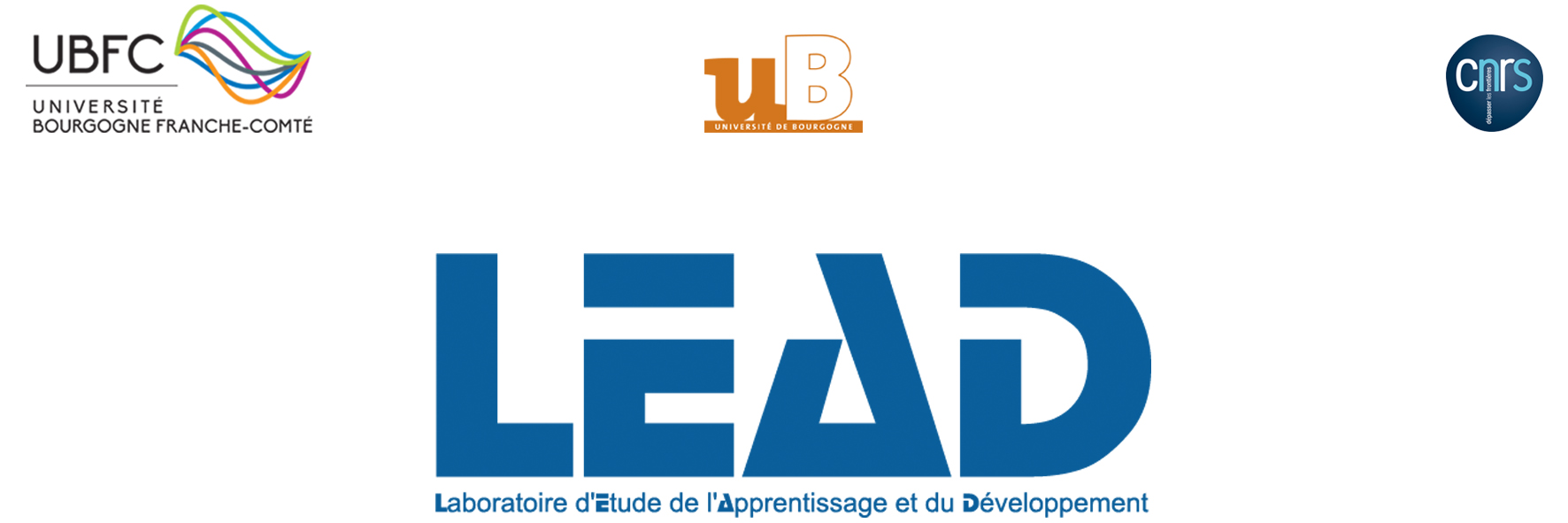
Laboratory for Research on Learning and Developement
LEAD is a cognitive psychology lab whose research activity focuses on changes in information processing mechanisms during development and subsequent to implicit, didactic, or professional learning.
In contrast to the dominant models of cognition, the theoretical approach of the lab is to attempt to develop parsimonious cognitive models. The lab’s fundamental research agenda is complemented by research that is directly applicable to the health sciences and, to a lesser extent, to education and industry. Interdisciplinary research has an ever growing place at LEAD.
LEAD is currently part of the Biological Sciences Institute (INSB) of the French National Scientific Research Center (CNRS, section 26), to the DS6 section of the French Ministry of Education and Research, and to the Health & Engineering (Santé-STIC) division of the University of Burgundy.
The lab is made up of 14 professors (6 full professors and 8 associate professors), 2 CNRS researchers (2 research director), 2 computer technicians and 2 administrative assistants. to which are added guest researchers, ATER/Postdoctoral fellows, contract engineers and associate researchers.
The MAREY technology platform is supported by the LEAD
Follow us on Facebook










